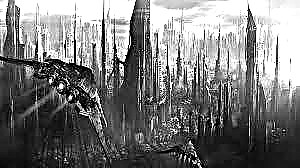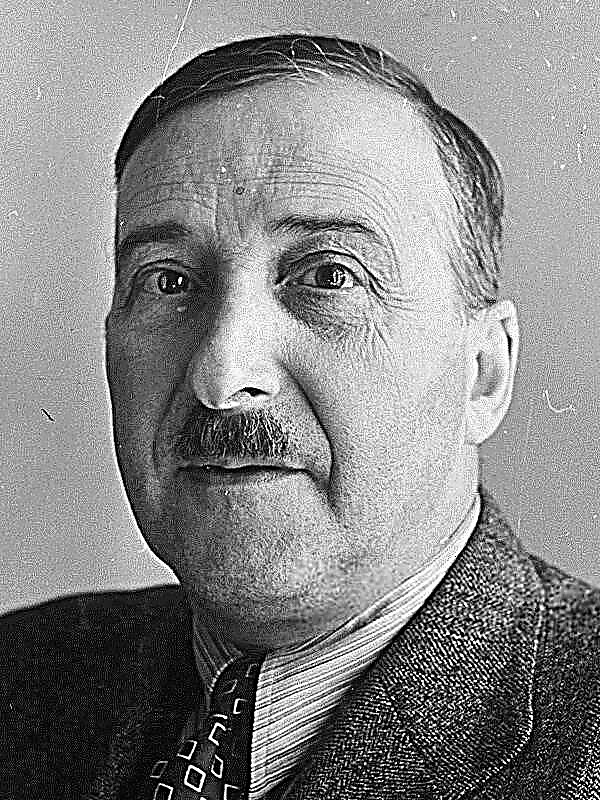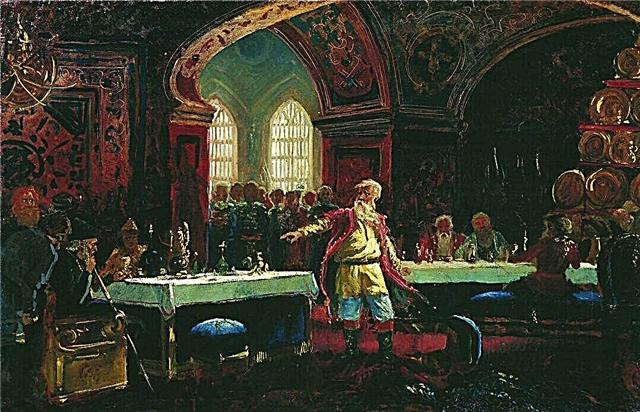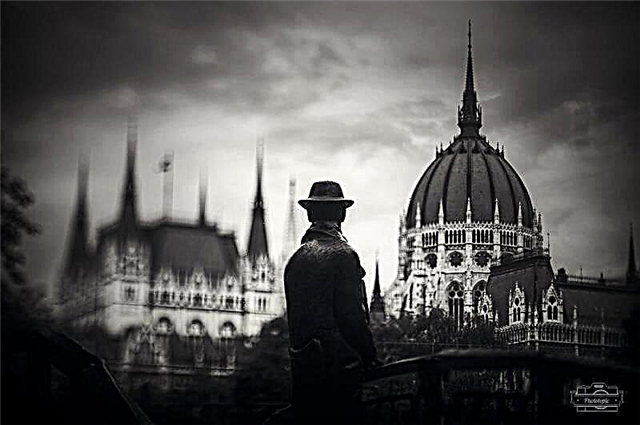(286 words) In literature, there is a special kind of genre - dystopia. It is also called the "parody genre." While utopia describes the ideal social order, its analogue with the prefix “anti” shows the absurdity and bankruptcy of the ideas of the utopians. This genre gained popularity at the beginning of the twentieth century, but its features can be seen in earlier works. One of these is the “History of a City” by Mikhail Evgrafovich Saltykov-Shchedrin.
This satirical novel is a kind of chronicle of the small town of Glupov. The work easily guesses a parallel with the Russian state and its history. However, in addition to deep satire on the past of our state, one can catch the writer's motives and fears about the future of the country. So, in the last chapter about Ugryum-Burcheev (a parody of Arakcheev, a statesman and a military leader), the idea of creating a new utopian system arises in the head of the mayor. Glupov will be renamed Nepriklonsk, and all residents will have to act (and even think!) In the same way.
“In each house there are two elderly, two adults, two teenagers and two youngsters ... There is no past, no future, and therefore the reckoning is canceled ... everything is on command” is the dream of a statesman. The world built by Ugryum-Burcheev seems cruel and unrealistic in its embodiment. However, as history has shown, later we saw the same mood in the creation of the Soviet Union, when collectivization affected not only peasant lands, but also the mentality of the people. Equating everyone and everything, politicians placed living people on the Procrustean bed of history. In this regard, the work of Saltykov-Shchedrin can even be called prophetic.
Could the writer already in those years feel the destructive power of people's desire to create an ideal kingdom? Apparently, yes. Paradoxical as it may sound, the Utopians, trying to make everyone happy, often use force to carry out their plans. The dystopian genre perfectly shows and describes the danger of such "dreams", their consequences. The same can be seen in the "History of a city."












